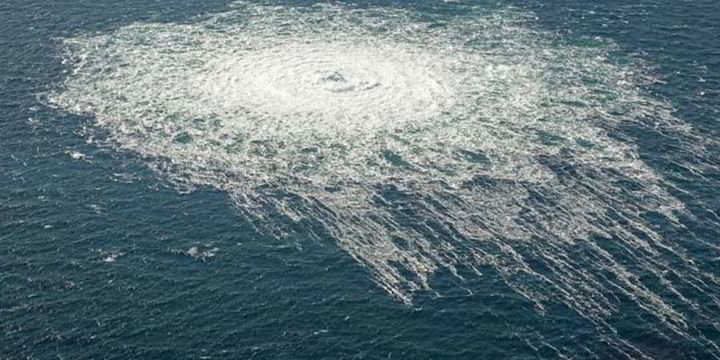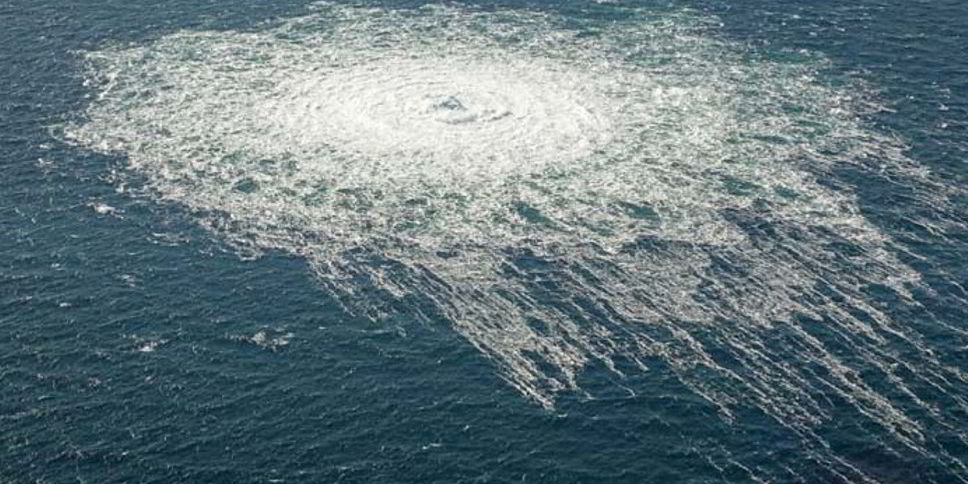German authorities claim they have identified the vessel that carried the explosives used to sabotage the Nord Stream subsea pipelines in the Baltic Sea last September, and pointed to a possible “false flag” operation to blame Ukraine for the attack.
However, German Defence Minister Boris Pistorius warned against reaching premature conclusions, as firm evidence is lacking about the identity of the perpetrators behind the sabotage, Reuters reported.
NATO Secretary General Jens Stoltenberg also called for caution on Wednesday, saying it remains unclear who was responsible for the attack and national investigations need to be concluded.
“What we do know is that there was an attack against the Nord Stream pipelines, but we have not been able to determine who was behind it,” Stoltenberg was quoted as saying by Reuters.
Stockhom meeting
Pistorius and Stoltenberg were speaking as European Union defence ministers met in Stockholm on Wednesday to discuss military support for Ukraine in its war against Russia.
The meeting comes one day after the New York Times published a report citing intelligence reports, reportedly reviewed by US officials, suggesting that a pro-Ukrainian group may be behind the attacks.
Article continues below the advert
The US officials cited by the New York Times said that they had no evidence that Ukraine’s President Volodymyr Zelensky or its top military officers were involved in the operation, or that the perpetrators were acting at the direction of any Ukrainian government officials.
The New York Times reported that the unidentified US officials said they believed the saboteurs were most likely Ukrainian or Russian nationals, or combination of the two, though it did not reveal the source of the information or the documentation presented to back the statements.
On the same day as the New York Times report was published, German daily Die Zeit published a report based on Germany’s investigation into the sabotage, claiming that officials have identified the vessel that carried explosives was rented from a Poland-based company owned by Ukrainian citizens.
The two strings of the Nord Stream 1 pipeline, together with the first string of the Nord Stream 2 pipeline were damaged by explosions near the Danish island of Bornholm in the Baltic Sea at the end of September, leading to the violent escape of highly pressurised gas to the sea surface.
The Nord Stream 1 and Nord Stream 2 pipelines had a combined capacity of 110 billion cubic metres per annum of gas — more than half of Russia’s typical export volumes at the time of the attacks.
Kremlin spokesman Dmitry Peskov told the state RIA news agency that he viewed the Western media reports as an attempt to divert attention.
“The very least that the Nord Stream shareholder countries and the United Nations must demand is an urgent, transparent investigation with the participation of everyone who can shed light,” Peskov said.
The original Nord Stream 1 shareholders are Russia’s Gazprom, Germany’s Wintershall Dea and E.ON, Dutch company Gasunie and France’s Engie.
Russia has blamed the UK’s Royal Navy and, more recently, US covert operations, for causing the explosions.
“We are still not allowed in the investigation. Only a few days ago we received notes about this from the Danes and Swedes,” Peskov said.
“This is not just strange. It smells like a monstrous crime.”

